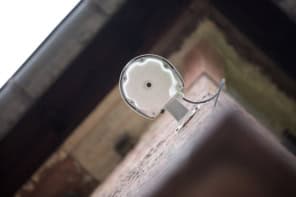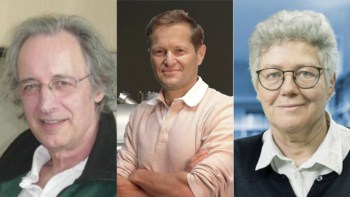The Rutherford Appleton Laboratory in Oxfordshire will be given £100m to build a second target station at the ISIS neutron source, science minister Lord Sainsbury will announce today. The new target station will double the number of experimental instruments at ISIS and should keep Europe at the forefront of neutron scattering for the rest of the decade.
ISIS generates neutrons by firing high-energy protons at a tungsten target in a process known as spallation. Its existing target station directs short-wavelength neutrons to 20 scientific instruments that support around 1500 researchers working across condensed-matter physics, materials science, chemistry and biology.
The second target station, to be housed in a new building, will generate longer-wavelength neutrons to allow research in soft condensed matter, advanced materials and biomolecules. Andrew Taylor, director of ISIS, says that about six new instruments should be up and running when the new target comes on line at the end of 2007, with another 12 instruments starting up over the following five years. The £100m will cover the cost of the core target station and the first set of instruments. Negotiations are underway to obtain funding for the remaining instruments from other countries.
ISIS and a reactor at the Institut Laue-Langevin in Grenoble, France, are currently the world’s two most advanced high-flux neutron sources. They will be superseded by larger facilities being constructed by the US and Japan that are due to start up in 2006 and 2007 respectively. But Taylor says that the upgrade to ISIS will ensure that the UK machine retains its pre-eminence until at least 2008.
Approval for the second target station follows the start of construction last month of the £235m Diamond synchrotron source at Rutherford, and the announcement by the government last week that the Daresbury Laboratory in Cheshire is to receive £11.5m for research into a new 4th generation light source.



